Cau Sospensione Pendant by Martí Guixé for Danese
Catalán designer Martí Guixé‘s original Cau Lamp (2008) comes with a disclaimer of sorts, straight from the creator’s mouth: “an element with the shape of a lamp acting as a kind of avatar in order to re-contextualize the world famous ‘workers lamp.'” Thus does Guixé enter the world of post-modern lightpieces, in which a lamp isn’t just a lamp, but a self-referential expression of “lampness.”
Cau Sospensione. Designed by Martí Guixé for Danese.
The idea—one surmises—is to re-position an object revered for its time-worn functionality (and its decided lack of aesthetic appeal) as a singularly aesthetic object. So Cau has it both ways: haughty, overwrought design is debunked while the quintessentially utilitarian object is elevated to high design. Guixé takes this notion and runs with it. Therewith, the next evolution of the Cau concept: Cau Sospensione for Danese. Sporting the same construction lamp as umbilicus/appendage, Sopspensione yet differs from the original Cau in a couple of ways: in addition to the obvious (it’s a pendant set-up rather than a desk lamp), Sospensione sports two sources of illumination—the aforementioned worker’s lamp as well as a fixed, internal light which “opens with a round aperture on the upper and lower sides to ensure a direct and indirect illumination.” The dual sources serve to widen the scope of functionality, as the stationary light distributes its lumens upward as well as downward, providing even and balanced illumination, while the mobile light effectively works in a task mode, shining its functional fluorescence wherever the user should choose.
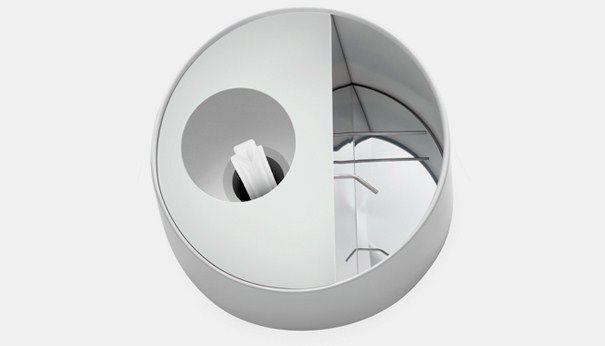
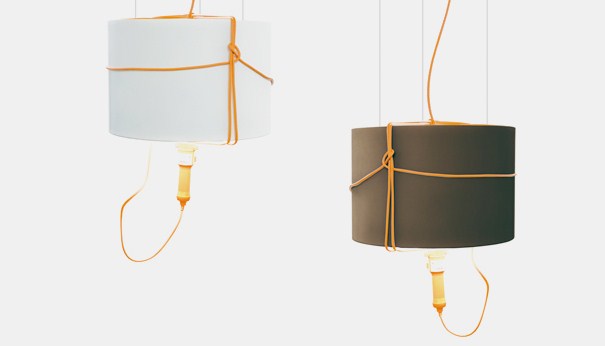
And I’d be remiss were I not to mention the evocative subtext of Guixé’s promotional material. In reference to the casually looped string/wire that constitutes the task lamp’s lifeline, the designer says: “with knots inspired by the bondage technique, the cable of the mobile work lamp ties the diffuser hanging it and creating hook points to position the lighting element… the work light can therefore be inserted inside the reflector or hung externally to modify the luminosity.” Am I the only one reading a decidedly libidinous innuendo here? Leave it to the Spanish (if the iconoclastic Catalán considers himself such) to turn a lightpiece into a jokey, post-modern, double entendre. But love it or hate it, there’s no denying the truth of Guixé’s concluding assertion: “Cau Sospensione allows one to alter the environment through unusual gesture, establishing a new relationship between the user and the light.”
Via Dezeen
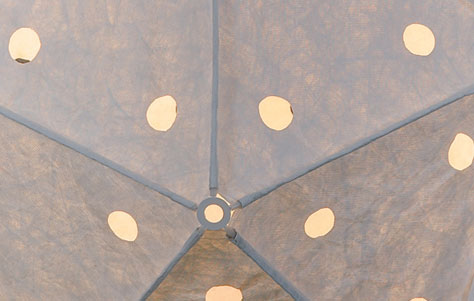
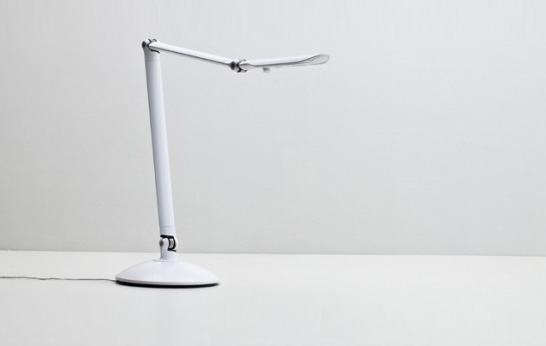
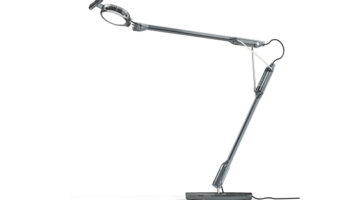

Leave a Reply